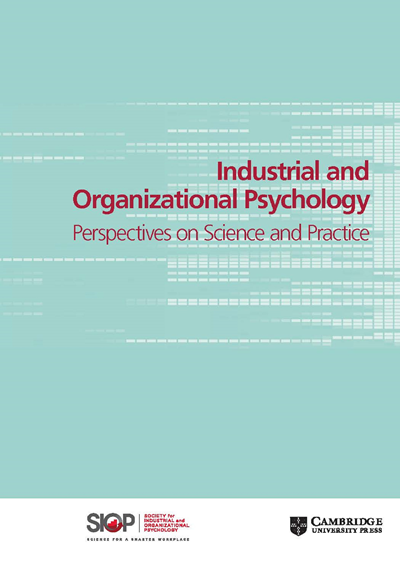生物社会心理模型和神经多样性:以人为中心的方法
IF 4.3
3区 心理学
Q1 PSYCHOLOGY, APPLIED
Industrial and Organizational Psychology-Perspectives on Science and Practice
Pub Date : 2023-03-01
DOI:10.1017/iop.2022.95
引用次数: 2
摘要
LeFevre-Levy等人,2023)有助于将工作中的神经多样性带给更广泛的受众,我们同意焦点文章所探讨的大部分内容,特别是在消除与神经多样性保护伞下的诊断相关的污名方面。然而,作者忽略了神经多样性历史根源的一些细微差别,以及这可能对神经多样性研究的发展构成威胁。值得注意的是,神经多样性来源于残疾的社会模式和医学模式之间存在紧张关系,这可能会对那些被认为是神经多样性的人造成伤害(Haegele&Hodge,2016)。为了解决这种紧张关系,我们提出了对生物心理社会(BPS)模型(Engel,1977)的改编,作为学者和组织的中间立场。我们将此模型作为一种以人为中心的方法来改进围绕神经多样性的研究和实践。本文章由计算机程序翻译,如有差异,请以英文原文为准。
The biopsychosocial model and neurodiversity: A person-centered approach
LeFevre-Levy et al., 2023) help bring neurodiversity at work to a wider audience, and we agree with much of what the focal article explores, particularly around removing the stigma associated with diagnoses under the neurodiversity umbrella. However, the authors miss some of the nuance around the historical roots of neurodiversity and how that could pose threats to neurodiversity research moving forward. Notably, a tension exists between the social model of disability, from which neurodiversity draws, and the medical model, which could result in harm to those considered neurodiverse (Haegele & Hodge, 2016). To resolve this tension, we propose an adaptation of the biopsychosocial (BPS) model (Engel, 1977) as a middle ground for scholars and organizations. We present this model as a person-centered approach to improving research and practice around neurodiversity.
求助全文
通过发布文献求助,成功后即可免费获取论文全文。
去求助
来源期刊

Industrial and Organizational Psychology-Perspectives on Science and Practice
PSYCHOLOGY, APPLIED-
CiteScore
7.70
自引率
10.10%
发文量
85
期刊介绍:
Industrial and Organizational Psychology-Perspectives on Science and Practice is a peer-reviewed academic journal published on behalf of the Society for Industrial and Organizational Psychology. The journal focuses on interactive exchanges on topics of importance to the science and practice of the field. It features articles that present new ideas or different takes on existing ideas, stimulating dialogue about important issues in the field. Additionally, the journal is indexed and abstracted in Clarivate Analytics SSCI, Clarivate Analytics Web of Science, European Reference Index for the Humanities and Social Sciences (ERIH PLUS), ProQuest, PsycINFO, and Scopus.
 求助内容:
求助内容: 应助结果提醒方式:
应助结果提醒方式:


